Niels van Roij about the electric Fisker SUV
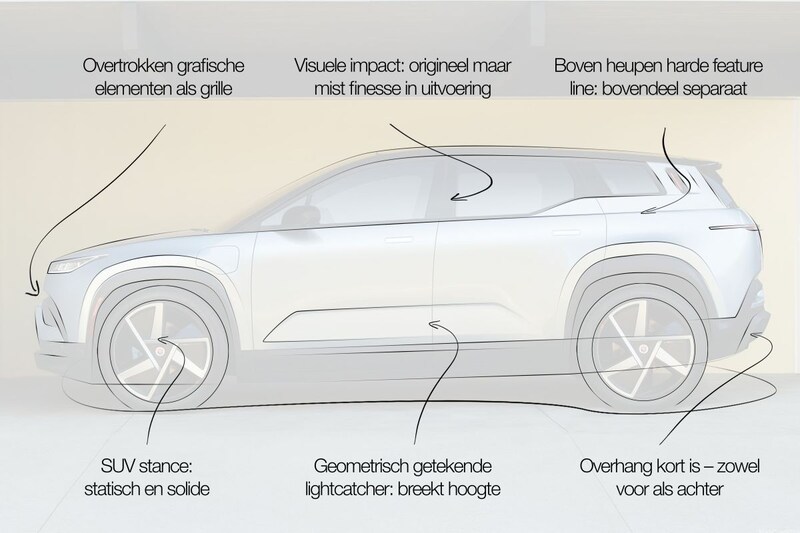
Putting a new car on the market, without a huge government investment or automotive conglomerate as a backbone: just go for it. Fisker tries it with the Ocean… again. Are we once again heading for a less than glorious end via unattainable promises, inevitable delays and enormous quality problems? Car designer Niels van Roij about this electric SUV.
After a career at BMW and Aston Martin – where he was not responsible for the BMW Z8 or the Aston Martin V8 Vantage and DB9, as per persistent rumors – a series of other cars were built. They all know Fisker’s forced hand, starting with coachbuild cars based on the Mercedes-Benz SL and BMW 6-series and ending with bankruptcy. But then the Fisker Karma was presented, a series of which were sold before the company went bankrupt. After Fisker’s bankruptcy, the whole was bought up by Chinese who turned it into the Fisker Revero in California.
He then presented the Ford Mustang-based Galpin-Fisker Mustang Rocket and the Force 1 V10 built on a Dodge Viper chassis. None of these cars were the commercial success stories that Fisker envisioned. The Fisker EMotion concept car followed, but it never went into production.
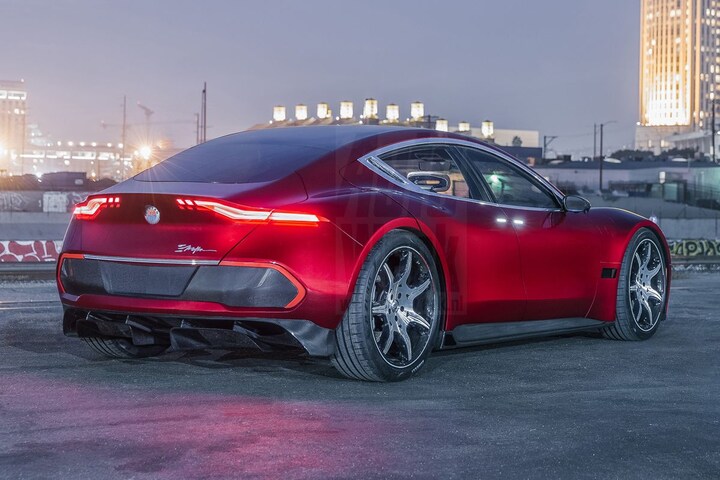
Interesting statement
Then the Fisker Ocean. As is the case with all Fisker’s models, the proportional statement is interesting from a distance. The big difference is that at close range the Ocean was also quite successful. Seen from the side, it is noticeable that the overhang is short, both front and rear. This has a positive effect on the visual qualities of the Ocean. And that certainly cannot be said about all cars from Fisker’s drawing board.
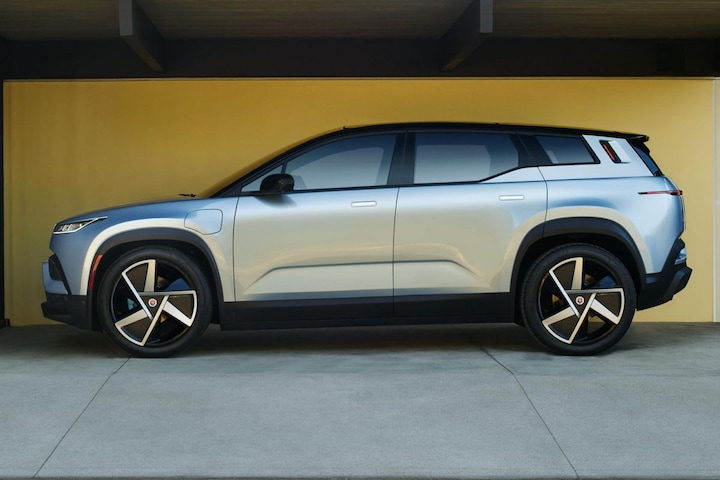
The relationship between body overhangs and wheelbase is critical to achieving good visual balance. The overhangs are almost the same, so the design removes visual dynamics from the car. Fine, because an SUV can look somewhat static and therefore solid. The shoulder runs from the headlights to the rear. Above the rear haunches, a very hard feature line makes the upper bodywork look separate from the lower half. Above the large 22 inch wheels are rich light catchers applied, which further emphasize the wheel size.
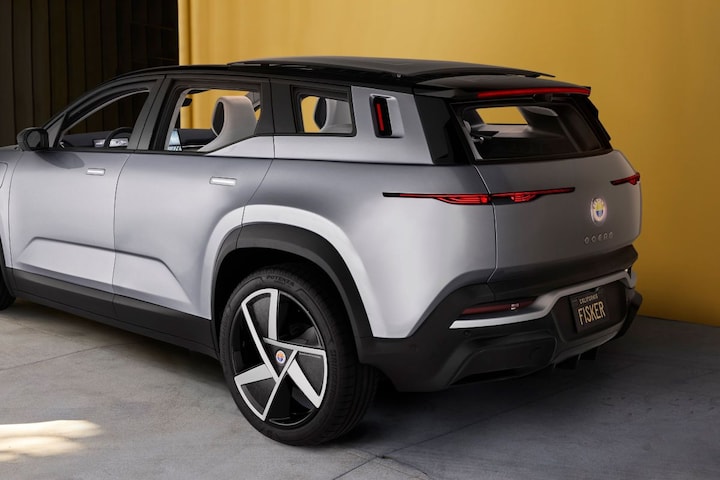
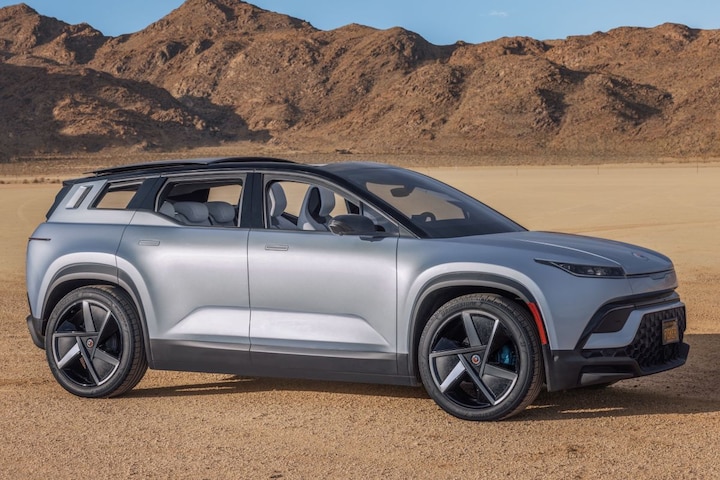
Typical window shapes
The geometrically drawn light catcher above the sill has been used to visually break height, add length to the design and give a feeling of solidity to the Ocean. Somewhat exaggerated graphics give the Ocean design a large part of its identity: a large grille, very flat and horizontally oriented headlights and taillights and the typical window shapes with kick-up on the side.
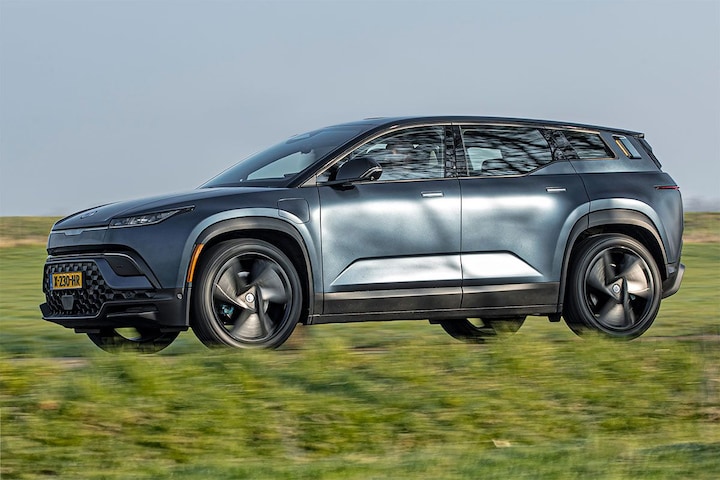
The graphics are applied to the design to break up the base surfaces, the surfacing. The front in particular is very rich in features. The down the road graphic (or headlights and grille) is less subtle than the flanks. Headlights are connected to a finely drawn light bar – which dips centrally due to the placement of the wordmark. The grille, a size that the average DAF would be proud of, looks out of place on an electric car. The features at the front are too intense, especially compared to the relatively simply drawn flank and rear.
The Fisker Ocean makes a lot of visual impact: the design is original and strongly executed in many areas. But unfortunately it lacks finesse in the execution, just like business models and build quality of previous models.
– Thanks for information from Autoweek.nl